Top 10 Things to Know Before Buying Indoor Plants
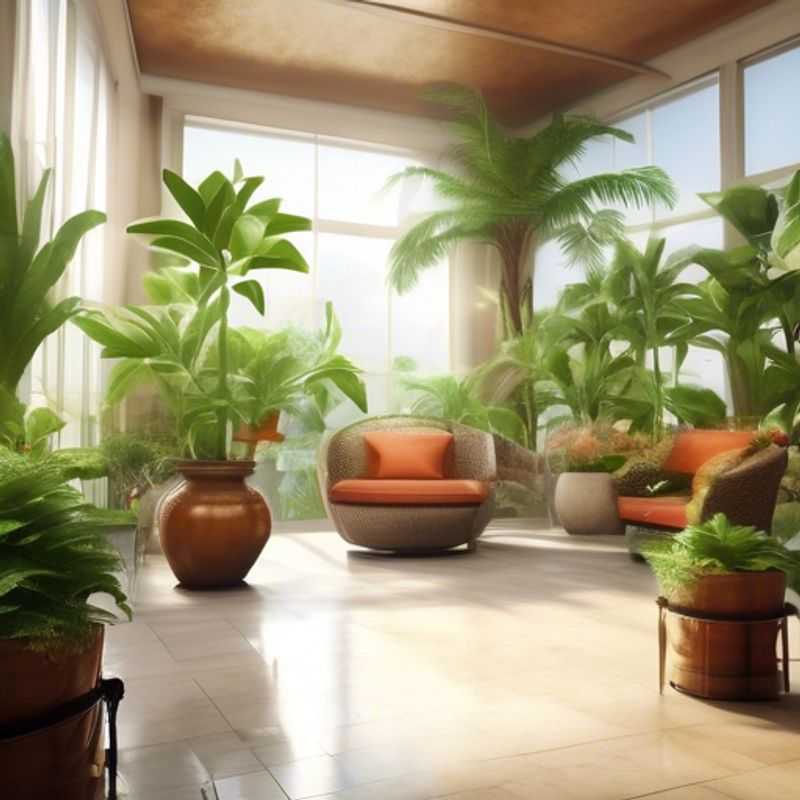
Top 10 Indoor Plants: A Buyer's Guide for Success
Bringing a touch of nature indoors can be incredibly rewarding, but choosing the right plants is crucial for their well-being and your enjoyment.
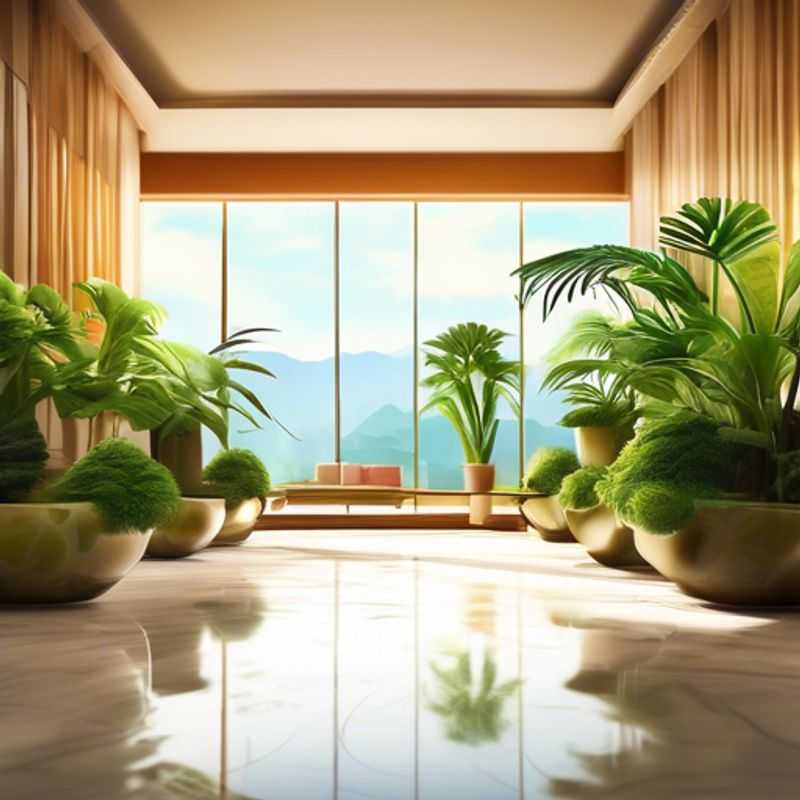
Unveiling the Light Secrets: Tailoring Lighting to Your Plant's Species
Determining the lighting needs of a plant is crucial for its health and growth. Every plant species has specific light requirements, influenced by their natural habitat and evolutionary adaptations. To determine a plant’s lighting needs, you can refer to resources like plant care guides or websites specializing in plant information.
Plants can broadly be categorized into three light categories: low light, medium light, and high light. Low-light plants thrive in shaded areas, while high-light plants need intense sunlight. Medium-light plants prefer moderate light conditions.
Understanding these categories is essential for choosing the right location for your plant. Additionally, observing the plant's growth habits can give you clues about its lighting needs. For example, plants with large leaves and thin stems often prefer lower light conditions, while those with small leaves and thick stems thrive in brighter light.
Consider these tips for choosing the right lighting for your plants:
• Observe the plant's natural habitat: If it comes from a shaded forest, it will likely prefer lower light.
• Check for signs of light stress: Pale leaves, elongated stems, or stunted growth can indicate insufficient light.
• Consider using artificial light: If you lack adequate natural light, consider using grow lights.
Providing the correct light conditions is vital for your plant's well-being. By understanding their specific needs and following these tips, you can cultivate a healthy and thriving green oasis in your home.
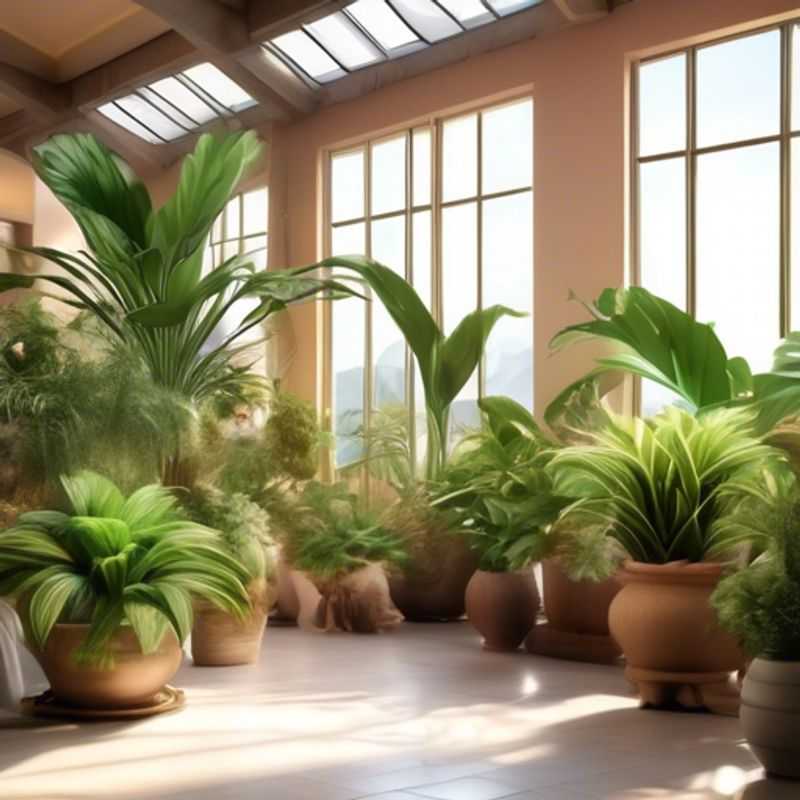
Choosing the Right Plant: Size Matters, Space Matters More
Choosing the right plant for your space is crucial for its healthy growth and your enjoyment. Consider the mature size of the plant, not just its current size. You don't want to end up with a plant that outgrows its space and becomes cramped or unruly.
Measure the space available, taking into account any obstacles like furniture or windows. Give your plant plenty of room to spread out its roots and branches, as this will promote healthy growth.
Research the plant's growth habit. Some plants are naturally compact while others have spreading or trailing growth. Matching the plant's growth habit to your space ensures a harmonious arrangement.
Consider the lighting conditions in your chosen space. Different plants have varying light requirements. Knowing the plant's preferences will help you select the right spot for its optimal growth.
Remember that plants need room to breathe. Overcrowding can lead to disease and pests. Give your plant sufficient space to thrive.
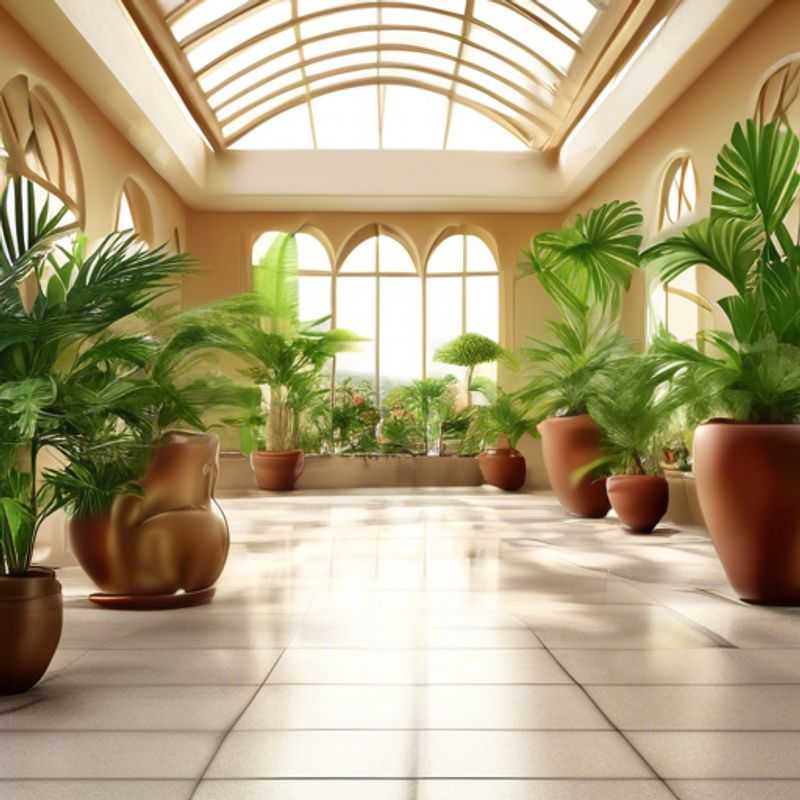
Water Wise: Understanding Your Plants' Thirst and Adjusting Watering Schedules
Understanding your plants' individual watering needs is crucial for their healthy growth. Every plant species has unique requirements based on its origin, leaf type, and root structure. Researching the specific watering needs of your plants is vital to prevent overwatering or underwatering, which can lead to problems like root rot or wilting.
Here's a simple guide to help you get started:
1. **Identify your plant:** Determine the specific species of your plant. This is the first step towards understanding its water requirements. Use plant identification apps or online resources to confirm the species.
2. **Consider the environment:** Analyze the conditions in which your plant lives. Factors like sunlight exposure, temperature, humidity, and soil type all affect how often your plant needs watering.
3. **Observe your plant:** Pay close attention to your plant's visual cues. Signs of needing water include: drooping leaves, dry soil, and a lighter color. Conversely, signs of overwatering include: yellowing leaves, soggy soil, and a foul odor.
4. **Adjust accordingly:** Use the information you've gathered to adjust your watering schedule. Some plants may need watering daily, while others may only need it once a week. Always err on the side of caution and err on the side of under-watering, especially if you are unsure.
Remember, consistency is key! Establish a regular watering routine and observe your plants closely. With a little research and careful observation, you can ensure your plants thrive in your care.

Choosing the Right Plants: Climate and Environment Compatibility
When choosing a plant, it's crucial to ensure it's compatible with your climate and environment. This means considering factors like temperature, humidity, sunlight, and soil type.
For example, if you live in a cold climate, you'll want to choose plants that are cold-hardy. Likewise, if you have a dry climate, you'll need plants that can tolerate drought conditions.
A simple internet search can provide you with information about the specific needs of different plant species, including their ideal growing conditions. You can also consult with local nurseries or gardening experts for guidance.
Taking the time to understand your plant's needs will help ensure its success and bring you joy for years to come.
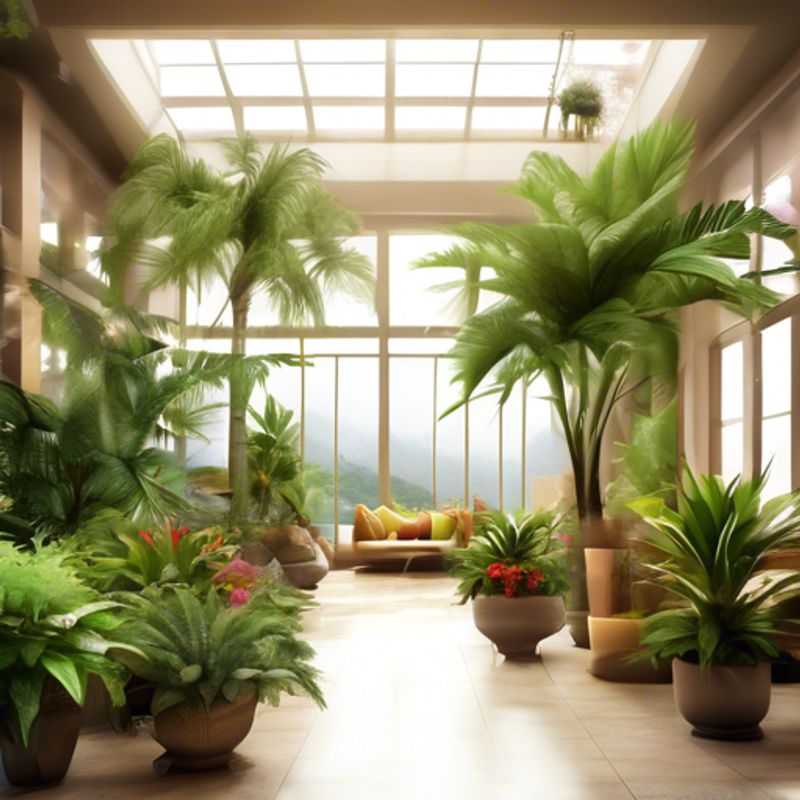
Unlocking the Secrets of Soil: Understanding Your Plant's Potting Needs
Understanding your plant's soil and potting needs is crucial for its health and growth. Soil composition plays a key role in providing essential nutrients, moisture retention, and drainage. A well-draining soil mix is essential to prevent root rot, while sufficient nutrients support healthy foliage and blooms.
When selecting a potting mix, consider the specific requirements of your plant. Some plants thrive in acidic soil, while others prefer alkaline conditions. Research the plant's native habitat and mimic those conditions for optimal growth. For instance, cacti and succulents prefer well-draining, sandy soil, while ferns require a more moisture-retentive, acidic mix.
Regular fertilization is vital, particularly for container-grown plants as the soil's nutrient supply is limited. Choose a balanced fertilizer, specifically formulated for the type of plant you are nurturing, and follow the recommended application rates to avoid over-fertilizing. Over-fertilizing can lead to root burn and nutrient imbalances, harming your plant's health.
Monitoring the soil's moisture is crucial to prevent both overwatering and underwatering. Water thoroughly when the top inch of soil feels dry to the touch. Allow excess water to drain, ensuring good aeration and preventing root rot.
By understanding your plant's specific soil and potting needs, you can provide it with the ideal environment to thrive. Observe your plant for signs of distress, such as yellowing leaves or wilting, and adjust your soil and watering practices as needed.
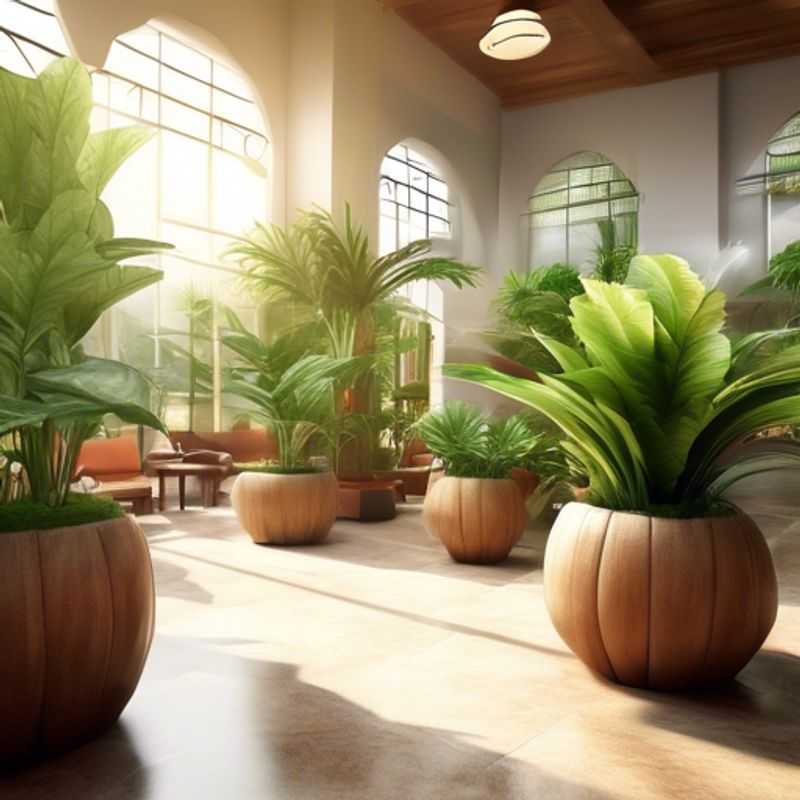
Decoding Plant Preferences: Understanding Temperature and Humidity
Knowing your plant's temperature and humidity preferences is essential for its health and thriving. Different plants have unique needs, so it's crucial to research the specific requirements for your chosen species.
Temperature: Plants have optimal temperature ranges for growth. Some plants thrive in warmer temperatures, while others prefer cooler environments. Understanding the temperature range your plant needs will guide you in choosing the right location for it, whether it's indoors or outdoors.
Humidity: Humidity refers to the amount of moisture in the air. Some plants, like tropical ones, need high humidity, while others, such as desert plants, tolerate low humidity. You can increase humidity levels by placing a humidifier near your plant or grouping plants together.
Monitoring: Regularly monitor the temperature and humidity levels around your plants. You can use a thermometer and hygrometer to get accurate readings.
Adjustments: Based on your plant's needs and the readings you obtain, you can make adjustments to create a favorable environment. This might involve moving the plant to a different location, using a humidifier, or adjusting the watering schedule.
By paying attention to temperature and humidity preferences, you can ensure your plants flourish and enjoy their beauty for a long time.
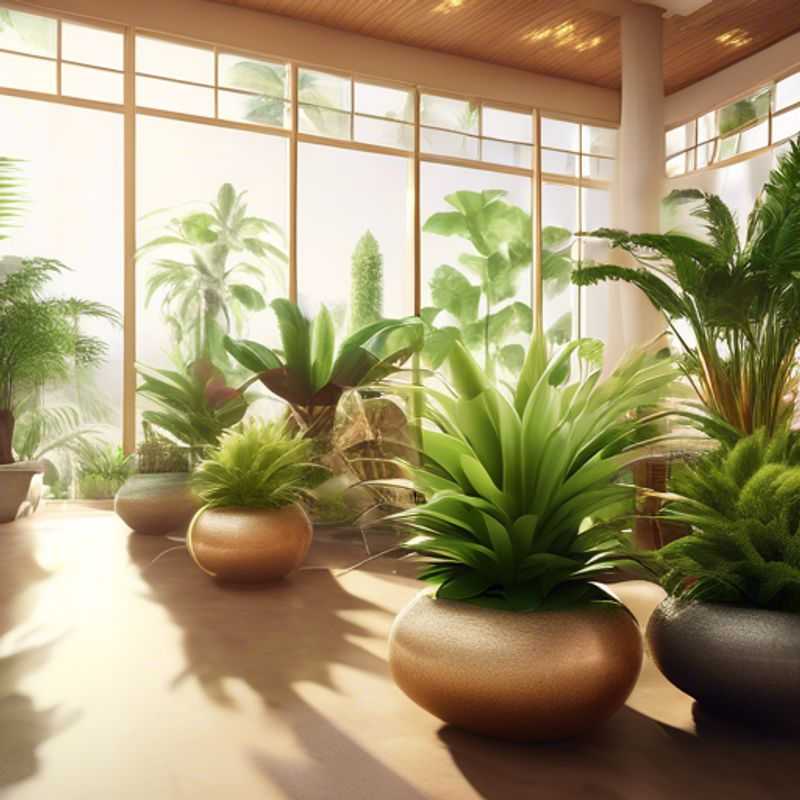
Pet and Child Safety: Understanding Potential Toxicity
When it comes to your furry friends and little ones, safety comes first. Always keep an eye out for potentially toxic substances that could be lurking in your home. Common culprits include cleaning products, medications, and even certain plants. Always check product labels for warnings about potential toxicity and keep them out of reach.
If you suspect your pet or child has ingested something toxic, don't hesitate – seek veterinary or medical attention immediately. Time is of the essence, and prompt action could save their lives. Remember, prevention is always better than cure, so being mindful of potential hazards is crucial.
For more detailed information on specific substances and their toxicity, consult your veterinarian or physician or search online for reliable resources. Keep your family safe and enjoy a happy, healthy home!
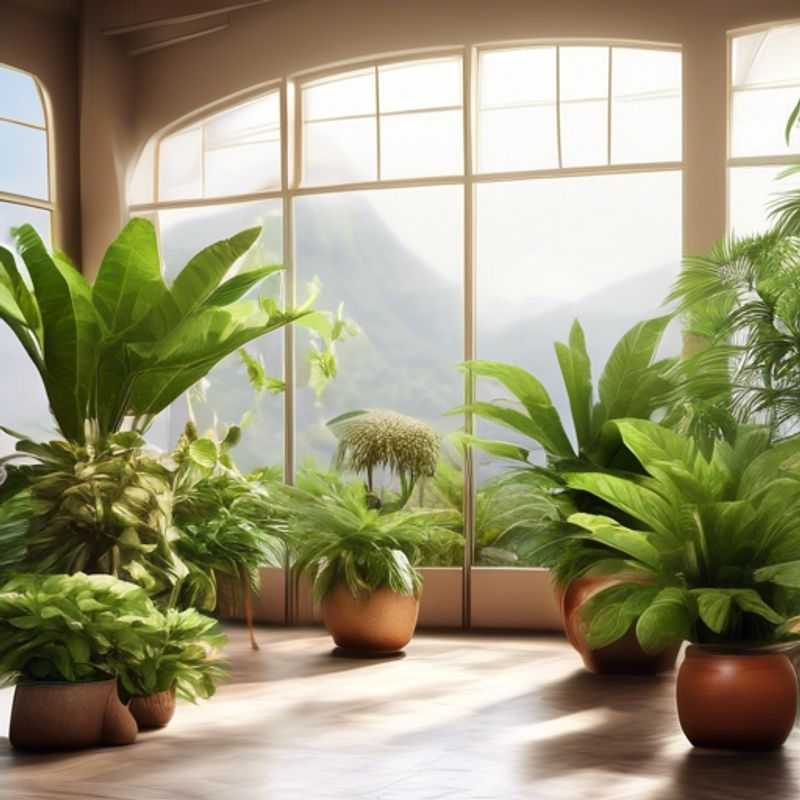
A Closer Look: Inspecting Your Plants for Pests and Diseases
Inspecting your plants regularly for signs of pests and diseases is crucial for their health and vitality. Early detection allows for prompt intervention, preventing further damage and ensuring a thriving garden.
A careful examination of your plants is the first step. Look for visible signs of infestation, such as holes in leaves, discolored areas, webbing, or insects themselves. Pay attention to the underside of leaves, stems, and flower buds.
Common pests include aphids, spider mites, whiteflies, and scale insects. These insects often suck sap from plants, causing stunted growth and discoloration. Diseases, on the other hand, can manifest as spots, wilting, or root rot. You may need to research specific symptoms to determine the exact pest or disease.
Prevention is key to keeping your plants healthy. Ensuring proper watering, fertilization, and sunlight can strengthen your plants' defenses against pests and diseases. Regular inspections also allow you to identify and address problems early on, preventing them from spreading.
Professional help may be required for serious infestations or complex diseases. A local nursery or landscaping service can provide expert advice and treatment options.
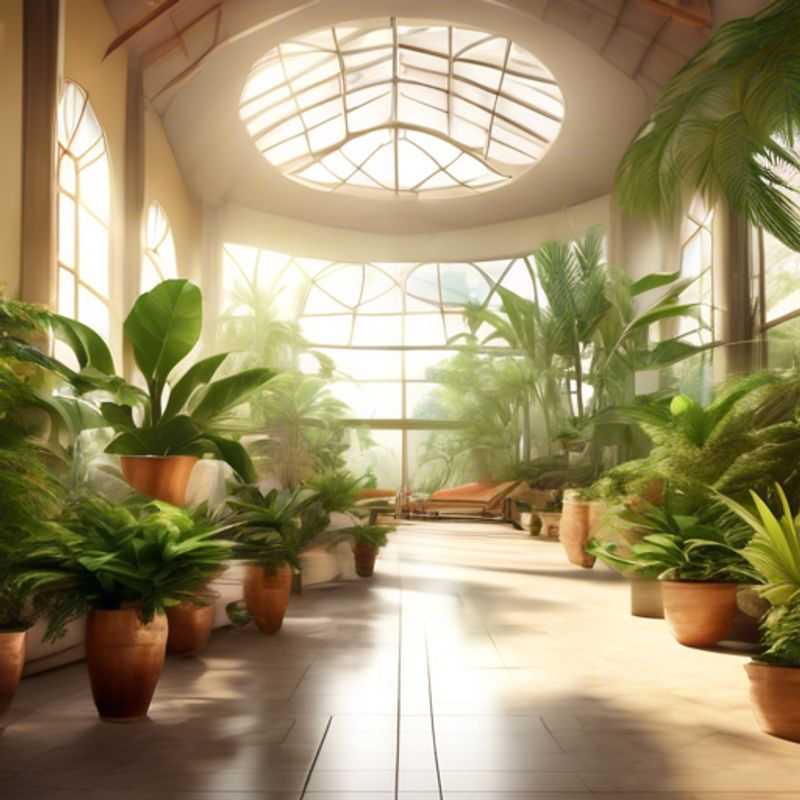
Feeding Your Garden: How Fertilization Provides Essential Nutrients
Fertilization is a crucial process for plant growth, providing essential nutrients that plants need to thrive. The process involves supplying soil with nutrients that are depleted over time due to plant uptake and other environmental factors. Understanding the right nutrients and their application is key to healthy plant development.
Soil Testing is a vital first step. It helps determine the specific nutrient deficiencies in your soil and provides a tailored plan for fertilization. This avoids unnecessary applications and potential harm to the environment.
Nitrogen is essential for leaf growth and overall plant vigor. Too much nitrogen can hinder flowering and fruit production. Phosphorus promotes root development and flower/fruit production. Potassium strengthens plant tissues and aids in disease resistance.
Fertilizer types include:
Granular fertilizers are easy to apply and provide slow-release nutrients.
Liquid fertilizers are readily absorbed by plants and provide a quick boost.
Organic fertilizers, such as compost and manure, enhance soil structure and improve nutrient availability over time.
Timing is crucial for optimal nutrient uptake. Apply fertilizers during periods of active plant growth. Avoid applying them during periods of drought or heavy rainfall, as it can lead to nutrient runoff and environmental damage.
Application methods include broadcasting (spreading evenly), side-dressing (applying along the side of plants), and banding (applying in rows).
Remember, sustainable fertilization practices prioritize soil health and environmental protection.
Minimize fertilizer use by adopting organic practices and promoting soil microbial activity.
Water efficiently to prevent nutrient leaching and ensure optimal nutrient uptake.
Consider organic options like compost and manure to improve soil fertility over time.
By understanding the basics of fertilization, you can provide your plants with the nutrients they need to flourish while minimizing environmental impact.
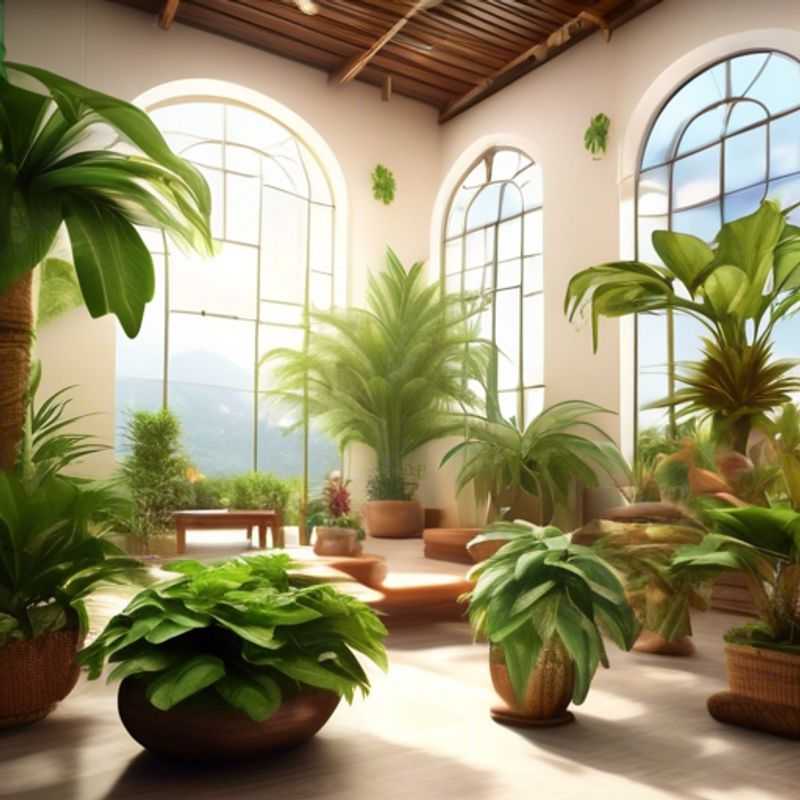
Planning for Plant Growth: A Guide to Repotting Success
Planning for your plant's growth and potential repotting needs is crucial for its overall health and well-being. It's like providing a comfortable home that expands with your family – a house that's too small can hinder growth, while one that's too big can lead to wasted resources. Understanding your plant's growth habits and choosing the right pot are key to success.
First, research your plant's specific growth rate and mature size. Some plants are fast growers, while others are slow and steady. Knowing this will help you determine how often repotting is necessary. For example, a fast-growing plant might need a larger pot every year, while a slow-growing plant might only need repotting every few years.
Next, consider the pot material and size. Terracotta pots are porous and allow for good drainage, but they can dry out quicker. Plastic pots retain moisture longer, but they can be prone to root rot if not properly monitored. Choose a pot size that's slightly larger than the plant's root ball, leaving about an inch of space around the edges.
Repotting itself is a relatively simple process. Start by gently removing the plant from its current pot, loosening the soil around the root ball. Inspect the roots and trim any that are circling or damaged. Place the plant in its new pot with fresh, well-draining potting mix, ensuring the root ball is at the same level as the soil surface. Water thoroughly to settle the soil around the roots.
Remember, the key is to observe your plant closely. If the plant is growing too quickly, its leaves are starting to droop, or its roots are circling in the pot, it's likely time to repot. This ensures your plant has the space and nutrients it needs to thrive.
